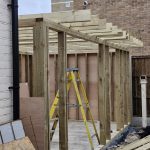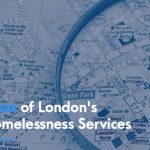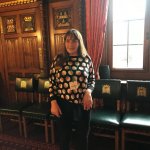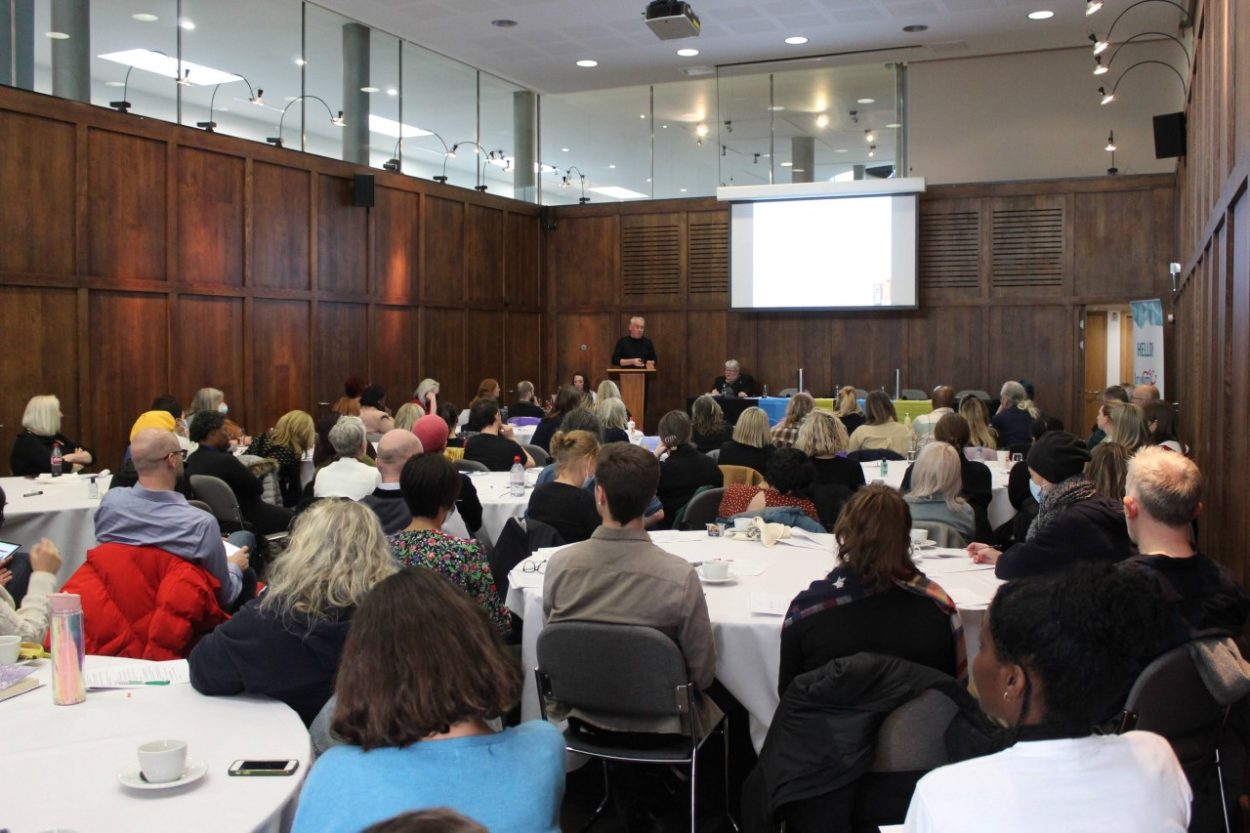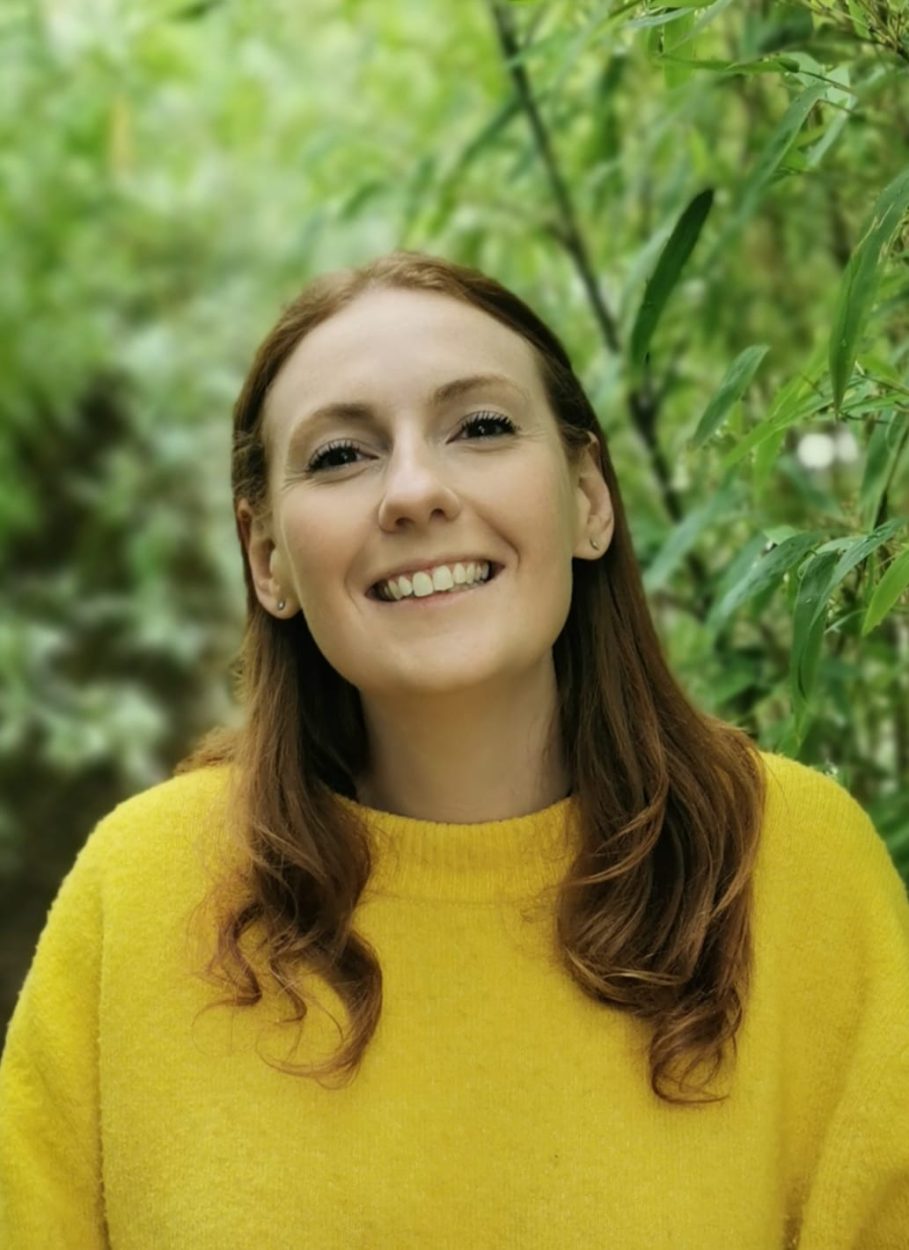We are now in the busy data collection and analysis phase of the cycle in the Atlas year. Local Authorities and service delivery organisations will soon be asked to update and add to the data for their area or services. Becky Rice, LHF Atlas project manager explains more about how it all works…
Our mini, cross-organisational Atlas team comprises of Gareth Thomas at Homeless Link, Tom Shirley from Illustrating Impact and me. Homeless Link is commissioned by LHF to undertake the bulk of the work on the project, but each of us have days allocated to the project each year. These days are crammed full of sourcing, presenting, and scrutinising data and then transposing this to visualisations, looking continually to improve the site. We start planning our data collection in September by meeting and taking stock of how we think the data is being used, feedback we have received, improvements we could make and so on.
We plan the best way to get a full data refresh done, so that every service represented has its data checked by a commissioner and/or service provider and that a good range of secondary data sources are included.

The main approaches we have taken this year are:
- Contacting all local authorities to ask them to check and make any corrections or adjustments to the information that’s already in the Atlas; we provide this information in a spreadsheet for people to review.
- Compiling information for each service provider and health provider and asking them to check the information, using a specifically compiled spreadsheet for their organisation.
- Triangulating information from local authorities and service providers to identify any discrepancies and work out the most accurate way to present information.
- Proactively ensuring we have included as many specialist health services for people experiencing rough sleeping as possible; for example, by linking up with Public Health England.
- Liaising with Housing Justice for information on Winter Shelters.
- Requesting information from the Clearing House team at St Mungo’s about the number of people in Clearing House accommodation by borough.
- Meeting with St Mungo’s and the GLA about pan-London services funded by the GLA.
We have a few ideas for new data sets that are still in development – so more on this will follow in a later blog post.
Reaching our final dataset takes a lot of checking, chasing and compilation, after which the information is mapped onto the website.
We are very grateful that we get such a great response rate from boroughs and service delivery organisations to ensure the Atlas provides the best available overview of services for people who have experienced or are at imminent risk of rough sleeping. Together we have created a unique model in terms of collecting and presenting evidence in efforts to end homelessness.
As always, we welcome any feedback or ideas, and you can get in touch at any time by contacting Gareth – gareth.thomas@homelesslink.org.uk or Becky Rice – becky.rice@lhf.org.uk / 07811 607 679
